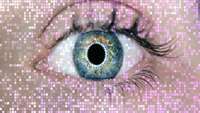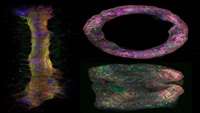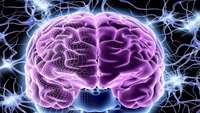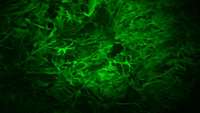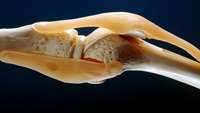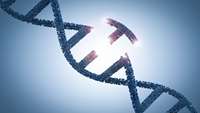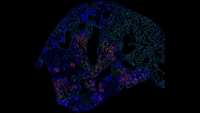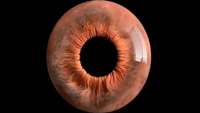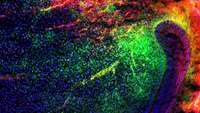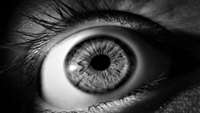An artificial retina that could help restore sight to the blind
For more than a decade, researchers have been working to create artificial digital retinas that can be implanted in the eye to allow the blind to see again. Many challenges stand in the way, but researchers at Stanford University may have found the key to solving one of the most vexing: heat
First of a kind in-vitro 3D neural tissue model
Researchers at the University of Illinois at Urbana-Champaign have successfully used stem cells to engineer living biohybrid nerve tissue to develop 3D models of neural networks with the hopes of gaining a better understanding of how the brain and these networks work.
Three types of cells help the brain tell day from night
Bright light at night interrupts the bodys normal day-night cycles, called circadian rhythms, and can trigger insomnia. In fact, circadian rhythms play a major role in health. Disrupted day-night cycles have even been linked to increased incidence of diseases like cancer, heart disease, obesity, depressive disorders and type 2 diabetes in people who work night shifts. Therefore, understanding how human eyes sense light could lead to "smart" lights that can prevent depression, foster sleep at night, and maintain healthy circadian rhythms.
BRAIN’S ASTROCYTES PLAY STARRING ROLE IN LONG-TERM MEMORY
Star-shaped cells called astrocytes help the brain establish long-lasting memories, Salk researchers have discovered. The new work adds to a growing body of evidence that astrocytes, long considered to be merely supportive cells in the brain, may have more of a leading role.
Bioactive scaffolds guide the way to sore knee relief, cartilage repair
NIBIB-funded researchers have developed a 3-D-printed scaffold coated in aggrecan, a native cartilage component, to improve the regeneration of cartilage tissue in joints.
A NOVEL TECHNOLOGY FOR GENOME-EDITING A BROAD RANGE OF MUTATIONS IN LIVE ORGANISMS
The ability to edit genes in living organisms offers the opportunity to treat a plethora of inherited diseases. However, many types of gene-editing tools are unable to target critical areas of DNA, and creating such a technology has been difficult as living tissue contains diverse types of cells.
Lung cell transplant boosts healing after the flu
The scientists found that transplanting a certain type of lung cell from healthy mice to those that had been injured by an infection with influenza could improve healing.
Shedding light on how the human eye perceives brightness
Japanese scientists are shedding new light on the importance of light-sensing cells in the retina that process visual information.
A new method of tooth repair? Scientists uncover mechanisms that could help future dental treatment
Stem cells hold the key to wound healing, as they develop into specialised cell types throughout the body – including in teeth.
Tomorrows bionic eyes will have Predator vision
Whether through illness or injury, 36 million people suffer from blindness worldwide, and until just a decade ago those afflicted had little chance of regaining their sight. In 2009, doctors at the University of Manchester implanted the first Argus II bionic eye in a patient. Now, 10 years later, the makers of the Argus II are trialing a more capable artificial-vision system one thats implanted directly into the patients brain.


